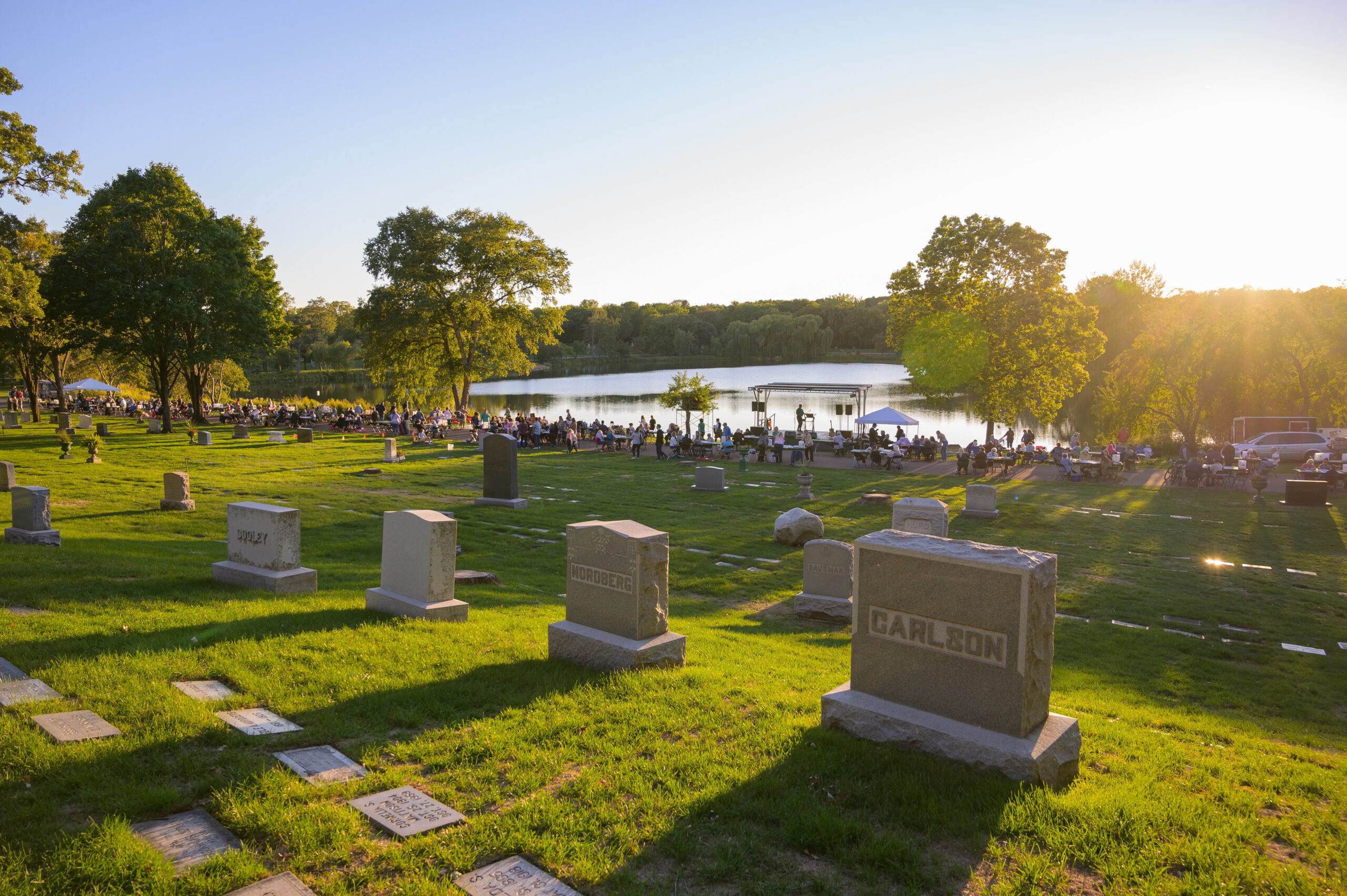You go to cemeteries to grieve, to remember, or maybe just to take a lunch-break walk. At this Minneapolis, Minnesota, cemetery, you can add a more fertile reason to that list: for art.
Lakewood Cemetery’s very first artist-in-residence program kicked off this spring. Four local artists (selected through a public open call) host events and create work throughout the year at the 250-acre site. It’s believed to be the first of its kind in the Midwest; there are two on the east coast.
“Death is one of our few constants between everyone. We all will experience it at some point,” says Amanda Luke, the cemetery’s community engagement manager. “And I think it’s a no-brainer to utilize these spaces as community sites for conversations (and) artist workshops.”
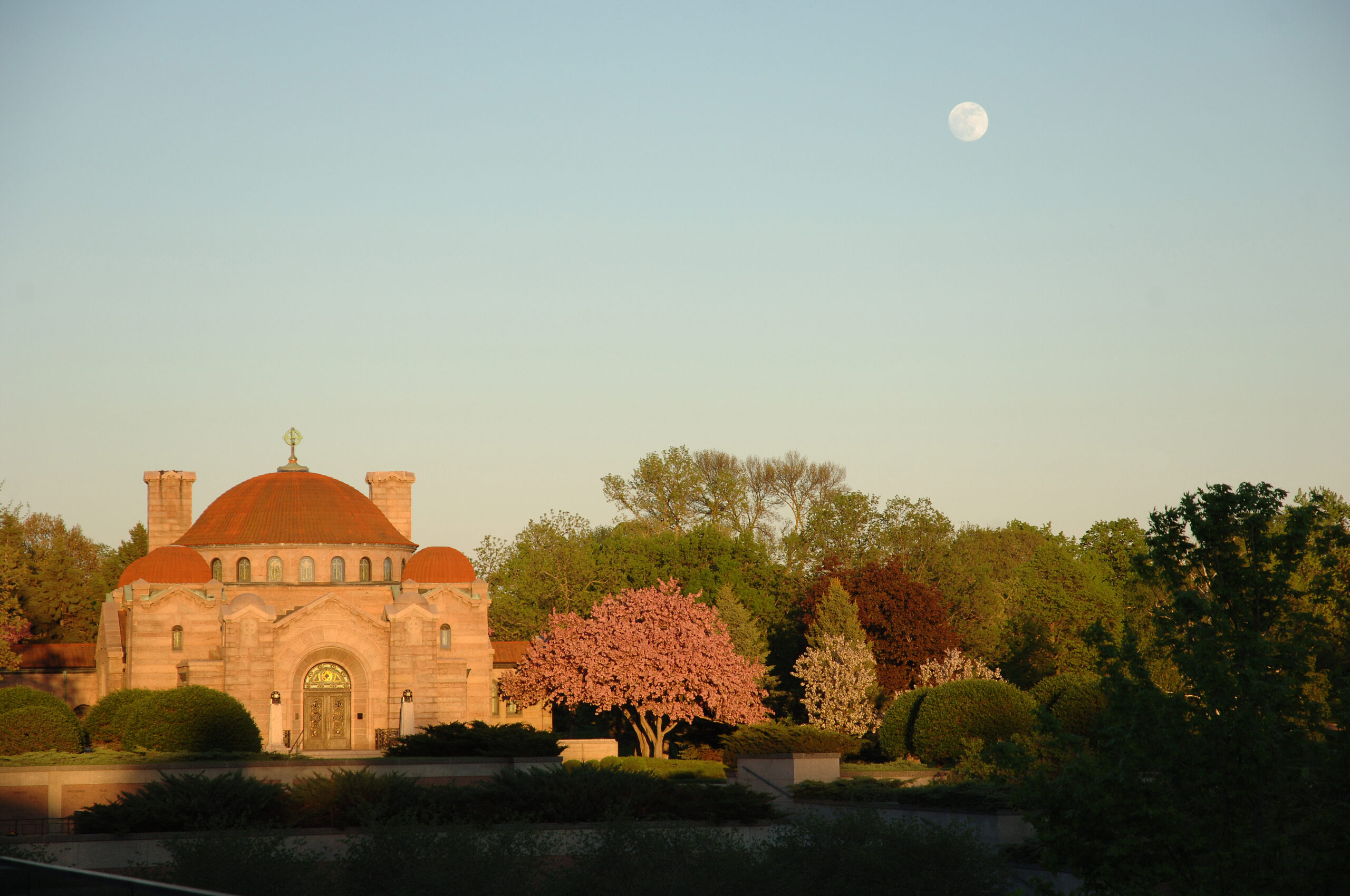
Luke says over 70 artists applied for the residencies, which focus on remembrance, grief, and the cycle of life and death. While the residency is new this year, she says it’s hard not to imagine it becoming a staple. Art and cemeteries have long been allies—especially at Lakewood, which is more than 150 years old. There are sculptures and elegant gravestones throughout the cemetery, which doubles as an arboretum.
“We have beautiful art all across the grounds. It’s kind of hard to miss,” Luke says. “It’s like a museum where you can actually gently touch the art . . . it gives you a new way to just think about these spaces as artistic spaces.”
Meet the Artists
As part of her residency, longtime visual artist Diana Eicher collects would-be composted, post-funeral flowers. With them, she hand-makes paper that people can take home. By next spring, she’ll have a collection of tree and floral artwork, inspired by the cemetery, printed on that petal paper.
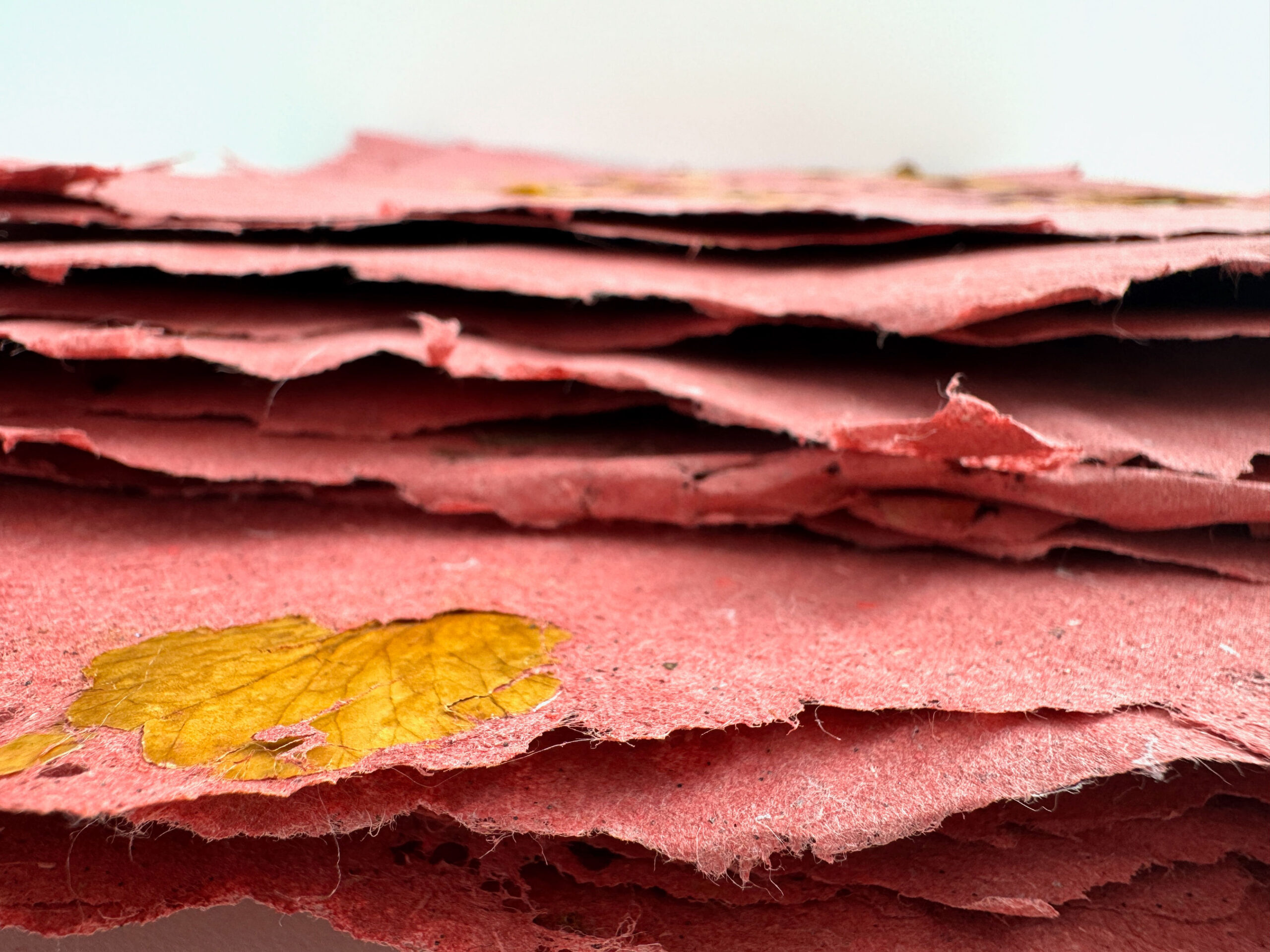
“One of my motivations was . . . to also honor and memorialize the people whose loved ones are being buried and commemorated at Lakewood without actually attaching names to them,” Eicher says.
Another artist-in-residence is improvisational musician Sarah M. Greer. She leads song circles at the cemetery chapel by taking grief-adjacent sounds and distilling them into songs. She’ll then write that translation on a notecard for participants, like: ‘Sing a falling, two-note pattern for a relatively long period of time.’
“I got curious about if we could make music from the sounds that we use to express sorrow and in so doing, if the sounds themselves were part of how we digest and transmute sorrow,” the composer says.
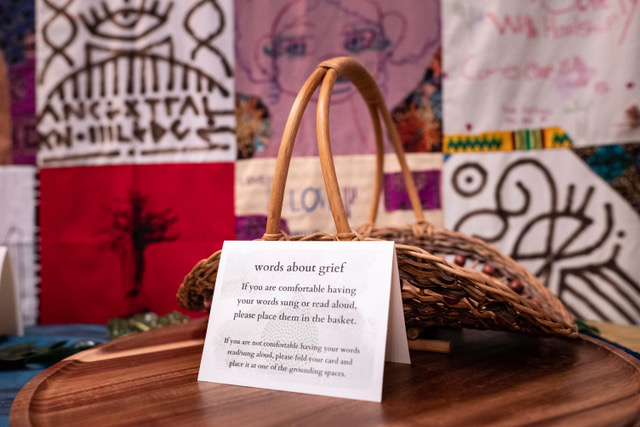
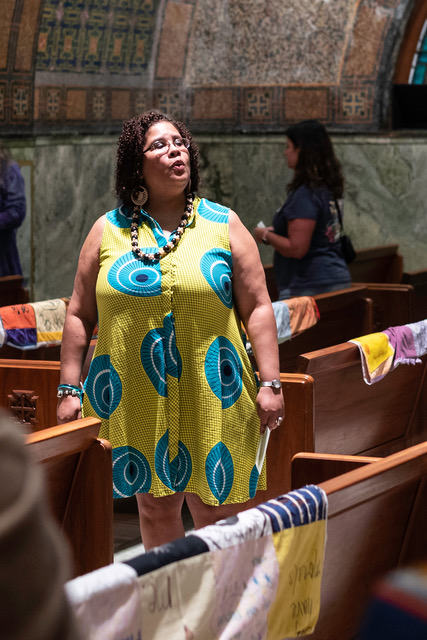
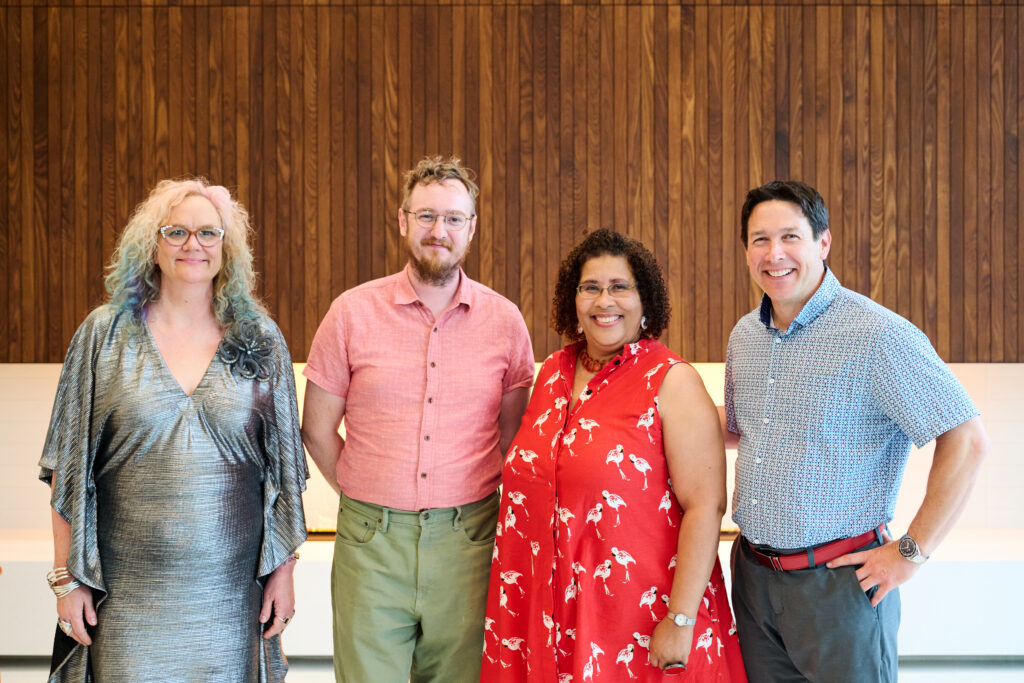
The other artists in residence are Andrew Grum Carr, reflecting on loss through an essay and seasonal watercolor paintings; and RJ Kern, a Chromoskedasic photographer creating abstract images of “impermanence and rebirth.”
In their own ways, these artists transform grief into a kind of wonder. A space to create—sometimes collectively—from a gaping hole. These life cycle-focused expressions let us sit with our big, heavy questions, especially if we do not have the answers. They invite some solace into bereavement’s blues, and its beauty.
